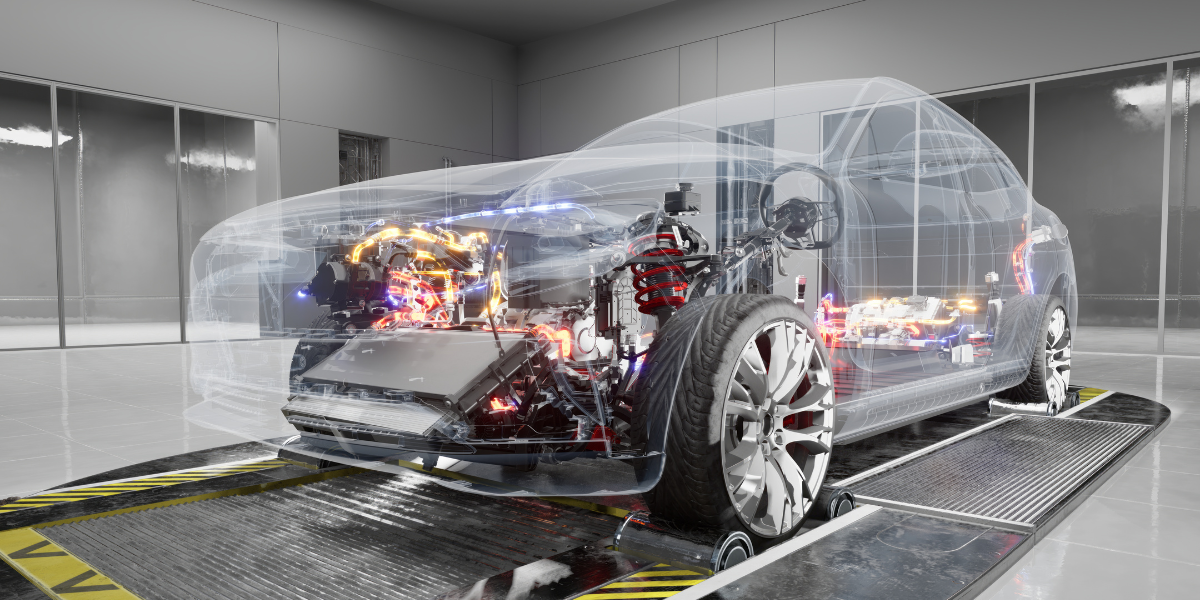Material recovery starts with design
Different industries approach remanufacturing in various ways. Nina Boorsma explains how developing design rules allowed Philips Refurbished Systems, a refurbishing specialist for medical imaging systems, to enhance its operations – providing lessons that refurbishers and remanufacturers of other products can follow.
Philips Healthcare’s portfolio consists of several refurbished systems, including Computed Tomography (CT), Magnetic Resonance Imaging (MRI), Interventional X-ray (iXR), now called Image Guided Therapy (IGT), and ultrasound (US) among others. Multiple systems can benefit from design evaluation to make the process of refurbishment more efficient and to strive for a higher re-use percentage of parts.
Case study
A single case study focused on a medical imaging system: interventional X-ray. The goal of the study was to add value to refurbishment activities by developing design rules for refurbishment. This is relevant to the company, the industry at large - including the customer - and to designers. Since material recovery from pre-owned equipment traded back from the market, becomes interesting from an economic perspective, a separate Philips business unit called Refurbished Systems was established, with facilities in Best, the Netherlands and in Cleveland, USA. Its main focus is to perform refurbishment activities on pre-owned medical equipment to build a viable business case, creating closed business loops. Philips has decades of experience in the refurbishment of medical systems and is constantly seeking opportunities to further exploit this area of expertise. After refurbishment, the systems change names to Diamond Select and become a part of the Diamond Select programme, to be resold to customers. Until today refurbishment is considered a service within the company, rather than manufacturing.
No conformity
In the circular economy worldwide – not just for the refurbishment of medical equipment - there is no conformity on how the different strategies to close material loops should be defined. As an attempt to standardise the refurbishment process for medical equipment, the Global Medical Imaging Industry (GMII) developed a prescription of the process in its green paper Good Refurbishment Practice, with which Philips Refurbished Systems complies. This way, refurbishers of medical equipment can guarantee the quality required by the US Food and Drug Administration (FDA). The market for medical equipment is influenced by external trends such as economic crises and ageing population, which affect the budgets of healthcare providers and the influx of patients. These trends cause a shift in demand, which is anticipated by refurbishing pre-owned medical equipment. In terms of finance, customers are offered around 20% price discount on Diamond Select systems. Philips’ iXR R&D department identified a trend that customers’ wishes would develop towards a more customized product offer for 2022. After evaluating the product portfolio of iXR systems, system developers made the strategic decision to align the portfolio better with this trend. As a result, a new product platform was created, allowing iXR systems to be built up out of modules, catering a broader range of system specifications.
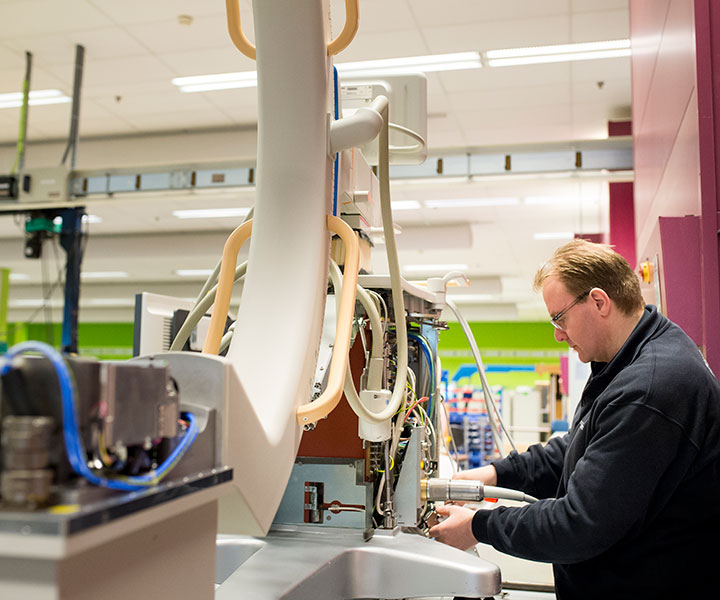
Unique opportunity
This opened up a unique opportunity concerning the evaluation of design aspects for refurbishment. Designing for refurbishment has the potential to improve exploitation of the remaining value in medical systems more efficiently. To investigate this potential, research was conducted focusing on two parts:
• the strategic part of refurbishment practices
• the design- related part including a design rule workshop for refurbishment, resulting in a design tool
It was specifically aimed at finding added value for refurbishment activities: with input from the R&D department and Refurbished Systems, the outcome of the workshop was that all steps of the refurbishment process contained opportunities to add value. Opportunities for ‘assembly’ and ‘disassembly’ centre on the complexity of installation and de-installation of cabling of the systems and its influence on damage incurred. In addition, also the possibility of adopting used cabling in new- use cycles regarding compatibility turned out to be important.
Important lessons
The opportunities created by the other process steps are very significant as well. For ‘reparation’, ‘replacement’ and ‘refurbishment’, these opportunities are mainly around protecting parts better from frequently-occurring damage. An important example is the protection of parts against foreign substances. This mainly concerns the treatment table, which is subjected to many types of fluids – both during and after operations. Another important aspect is the interchangeability of parts among different type of systems but also to increase the availability of spare parts and improve the material recovery rate. For the final two process steps - ‘testing’ and ‘indicating’ - the decision of when during the process to perform tests turned out to be important, as well as the development of suitable tests themselves. Simplification was also mentioned by participants as being important here. A design rule manual was created from all these identified opportunities mentioned, helping to steer the design decisions of the product development department towards a design aligned with refurbishment activities. In conclusion, design for refurbishment can add value to the businesses at Philips by improving the alignment between the refurbishment activities - and thereby improving the efficiency of the process.
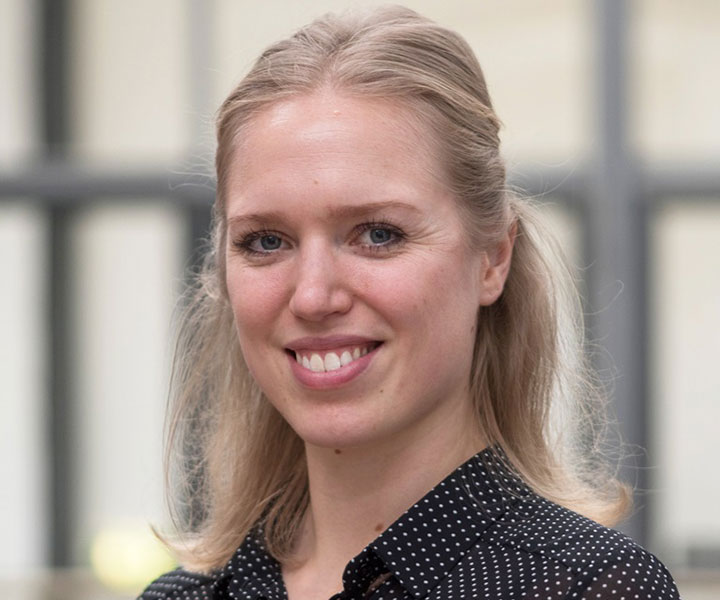
Nina Boorsma is a circular design strategist and researcher in remanufacturing at Delft University of Technology (TU Delft).
This article is based on her thesis: ‘A design tool for refurbishment - generating industry-specific design rules’. The study was formulated by David Peck, Professor at Delft University of Technology (TU Delft) senior researcher at TU Delft, and Nestor Coronado, Circular Economy Programme director at Philips and business developer at Value Loops.
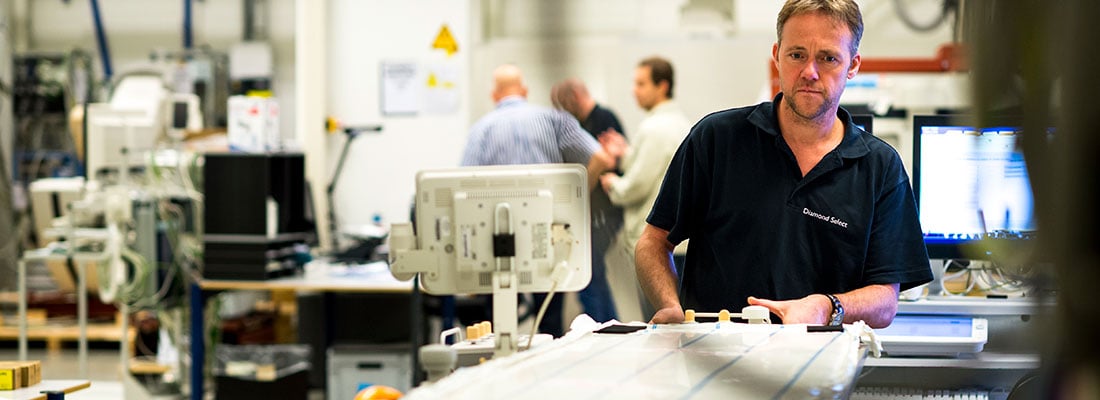
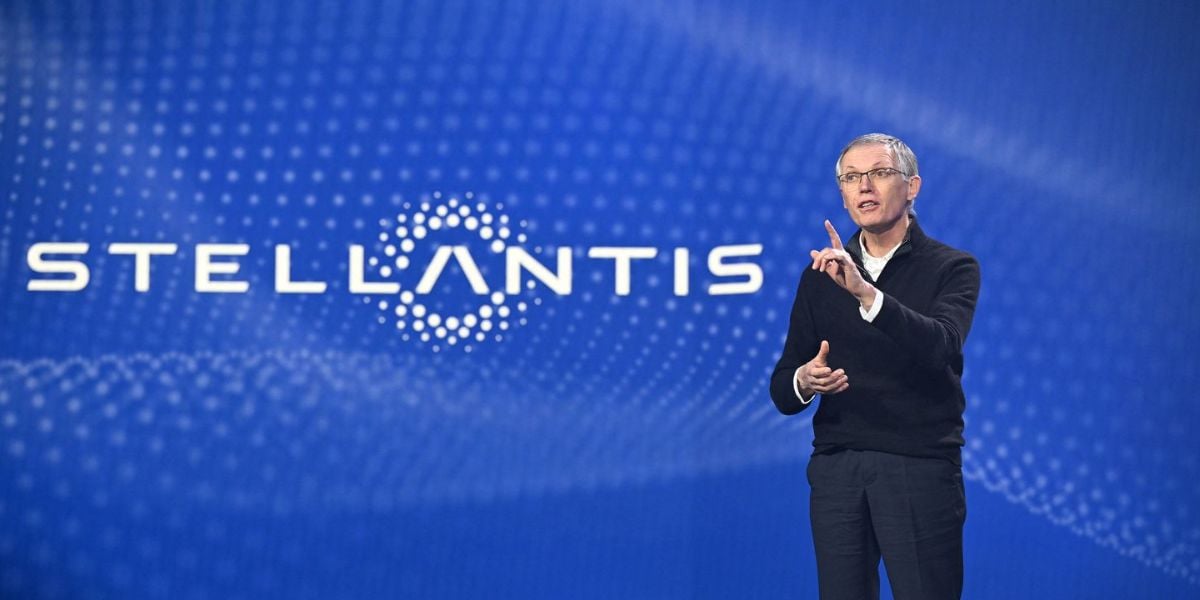
.png?h=600&iar=0&w=1200)
